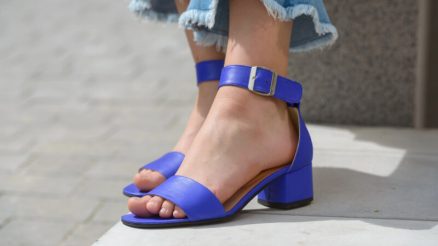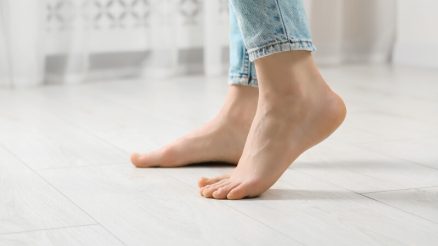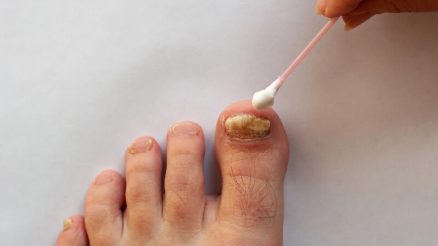Exercises and Physical Therapy
-
Toe and Foot Strengthening: Specific exercises can help balance the muscles around the big toe and arch. For example, toe curls (grabbing a towel or marbles with your toes) and toe-spreading exercises strengthen the small intrinsic muscles of the foot. One simple routine is: sit barefoot and repeatedly curl the toes around a small object (like a towel); then spread the toes outward and hold.
-
How it helps: Strengthening exercises improve foot muscle support and may reduce bunion pain. Weaker foot muscles are associated with worse bunion symptoms, so improving strength can relieve stress on the joint.
-
Effectiveness: Studies suggest exercise can modestly increase range of motion and foot strength, but evidence is limited. You’re unlikely to see structural change, but many patients feel less pain and stiffness with regular exercise.
-
Pros: Low-cost, no equipment needed (just a towel or marbles). Can be done anywhere (while watching TV). Has general foot health benefits.
-
Cons: Requires consistency (daily routine). Results, if any, are slow. Overdoing it can cause soreness, so exercises should be pain-free.
-
-
Flexibility and Stretching: Tight calf muscles and plantar fascia can indirectly worsen forefoot pressure. Stretching the Achilles tendon, calf muscles, and gently pulling the big toe up and down can improve mobility of the foot and ankle. For example, doing heel stretches against a wall or pulling the big toe towards you and then down into dorsiflexion can alleviate tension.
-
How it helps: Improved flexibility in the calf and foot can ease abnormal foot mechanics and take some pressure off the bunion over time.
-
Pros: Easy to incorporate into daily stretching routine; can improve overall foot motion.
-
Cons: Stretching alone won’t straighten the toe; mainly aids in comfort.
-
-
Physical Therapy and Modalities: A physical therapist can guide a foot-specific strengthening program and use therapies like ultrasound, whirlpool baths, or manual therapy to reduce pain. They may also assess your walking pattern (gait) and recommend exercises or orthotics to correct imbalances.
-
How it helps: Treatments like ultrasound or contrast bath can reduce pain and inflammation, and a therapist can teach the best exercises and shoe strategies. Manual mobilization may improve joint motion.
-
Pros: Personalized care and professional guidance. Modalities are generally safe and can speed symptom relief.
-
Cons: Time and cost of therapy sessions. Insurance may not cover all treatments. Like all conservative methods, PT won’t eliminate the deformity.
-
Regular foot exercises (such as toe stretches shown above) can strengthen muscles around the bunion and improve flexibility.








